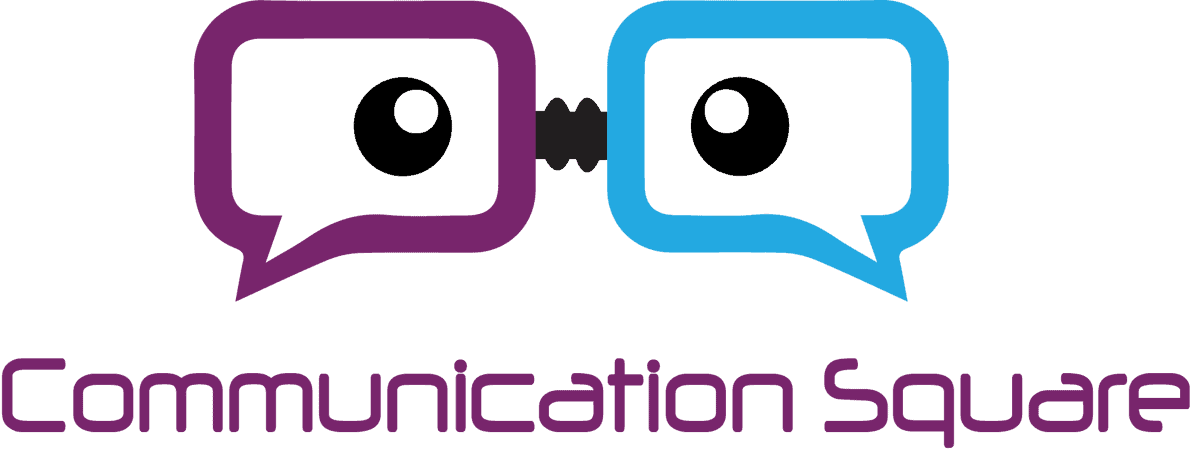Legacy software modernization is more than just a technical overhaul; it's a strategic rejuvenation aimed at enhancing user experiences and staying relevant in the ever-evolving digital landscape. In this exploration, we delve into the pivotal role of UX/UI enhancement in the transformative journey of legacy software modernization.
The Foundation of User-Centric Modernization
Meeting Contemporary Expectations
In the ever-evolving landscape of technology, the foundational principle of user-centric modernization arises from the imperative to meet contemporary user expectations. Legacy software, entrenched in a bygone era of technology, often struggles to align with the intuitive interfaces and seamless experiences that today's users demand.
Adapting to Modern User Expectations
Legacy systems, while robust in their time, now face the challenge of catering to a generation accustomed to sleek, responsive, and user-friendly designs. The foundational shift towards user-centric modernization is not merely a response to aesthetic preferences; it is a strategic move to address the changing dynamics of user interactions and preferences in the digital age.
Responsive Design as a Cornerstone
At the core of user-centric modernization lies responsive design—a cornerstone that ensures adaptability across a spectrum of devices. Users expect a seamless experience whether accessing software on a desktop, tablet, or smartphone. Responsive design not only enhances accessibility but also aligns with the diverse ways individuals engage with technology globally.
Simplifying User Journeys
Another key facet is intuitive navigation, an essential component in the foundation of user-centric modernization. Legacy systems often suffer from complex user journeys, causing frustration and hindering efficiency. The modern approach involves streamlining these journeys, reducing cognitive load, and ensuring users can accomplish tasks with ease.
Embracing Visual Aesthetics
Visual aesthetics play a pivotal role in redefining user interactions. The modern user expects a visually pleasing interface that goes beyond functionality. Integrating contemporary design principles, including engaging colors, modern typography, and visually appealing layouts, contributes to an immersive user experience.
Crafting Interfaces for the Future
The foundation of user-centric modernization is about crafting interfaces that resonate with the expectations and preferences of today's users. It's an acknowledgment that software isn't merely a tool; it's an experience. As organizations embark on the journey of legacy software modernization, placing users at the center ensures not just relevance but sustained success in the competitive global markets. The foundation laid in prioritizing user-centricity becomes the bedrock for a revitalized software ecosystem that not only meets but exceeds the expectations of users across diverse geographies and technological landscapes.
UX/UI Enhancement: A Strategic Imperative
The heart of legacy software modernization lies in the strategic imperative of UX/UI enhancement. It's not merely about cosmetic changes but a profound redefinition of how users interact with the software. The goal is to bridge the gap between outdated interfaces and the expectations of a generation accustomed to sleek, responsive, and user-friendly designs.
Key Components of UX/UI Enhancement
1. Responsive Design
- A list becomes a valuable addition here, outlining key components of UX/UI enhancement.
- Responsive Design: Adapting interfaces to various devices ensures a seamless experience for users globally, irrespective of the device they use.
2. Intuitive Navigation
- Intuitive Navigation: Simplifying user journeys within the software, reducing complexity, and enhancing overall usability.
3. Visual Aesthetics
- Visual Aesthetics: Incorporating modern design principles, colors, and typography for a visually appealing and engaging interface.
Global Relevance: Tailoring UX/UI for Diverse Markets
Adapting to Cultural Preferences
In global user-centric modernization, tailoring UX/UI enhancements to diverse markets is pivotal. Recognizing the influence of cultural nuances is crucial.
Cultural Impact on Design
Understanding unique cultural preferences guides design choices. Color, imagery, and navigation structures hold varied connotations across regions. A global UX/UI approach involves meticulous research and adaptation to these cultural nuances.
Multilingual Considerations
Accommodating multilingual interfaces is essential for inclusivity and accessibility. Effective localization, considering linguistic and cultural subtleties, creates an immersive experience for a diverse global user base.
Accessibility Standards and Inclusive Design
Global relevance extends to inclusivity, adhering to accessibility standards for users with diverse abilities. This not only aligns with ethical design but also broadens the software's reach.
Responsive Designs Across Regions
Global relevance in UX/UI involves responsive designs that transcend geographical boundaries. Adaptation to various devices considers connectivity constraints and optimizes for faster loading times, ensuring a consistent experience.
Bandwidth Considerations
Optimizing for bandwidth limitations in certain regions ensures a consistent experience, even with varying internet infrastructures.
Localization for Varied Markets
Localization extends beyond language, tailoring content, and functionalities to diverse user preferences. This level of customization contributes to a universally resonant user experience.
Conclusion
In conclusion, the role of UX/UI enhancement in legacy software modernization is not just a checkbox—it's the linchpin for user satisfaction, engagement, and the software's overall success. As organizations worldwide embark on the journey of legacy software modernization, prioritizing UX/UI enhancement ensures that the revitalized systems not only meet but exceed the expectations of users all over the world. In a digital world where user experiences define success, UX/UI enhancement emerges as the beacon guiding legacy software into a future of relevance and resonance.
Last Updated 4 months ago

